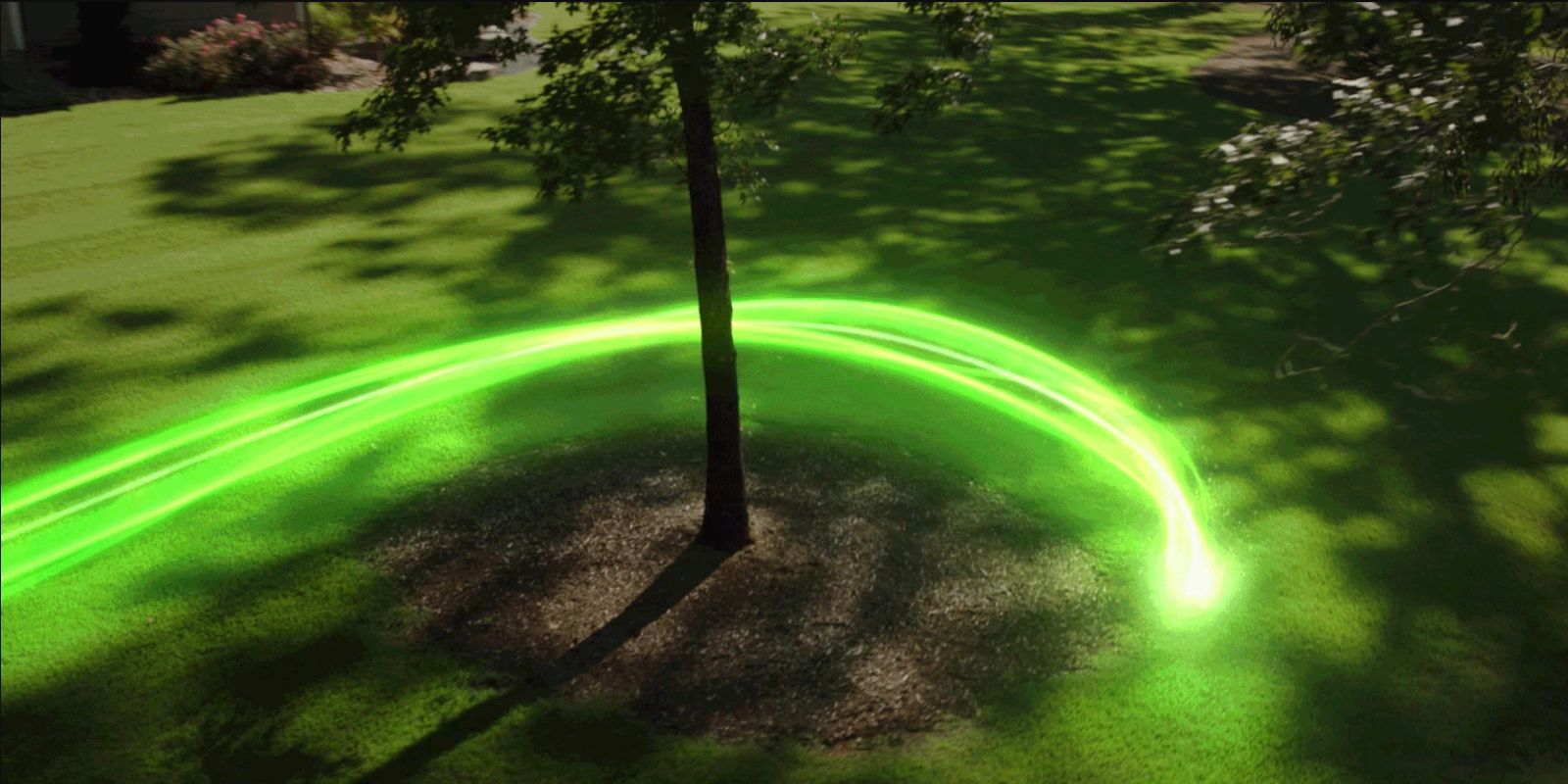BlackHand
Well-Known Member
- Region
- USA
- City
- Western WA
Usually not a good idea to get a first year model. You should wait for the upgraded model powered by Mr Fusion. Doc Brown was supposed to have it ready by 2015. But I guess maybe we are in the wrong timeline...C'mon man! Don't be so impractical. I'm holding out for this accessory to allow for rapid charging virtually anywhere in the country. No lightning? - just run it over any high tension power line available.
